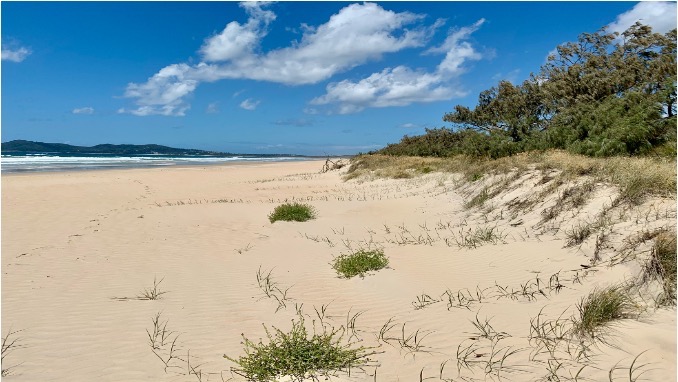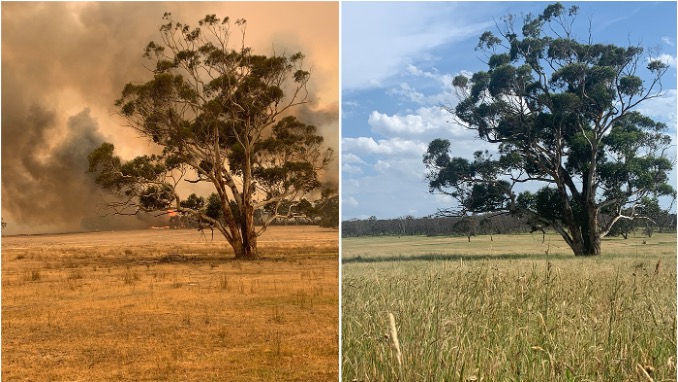

Ecological Succession
Ecological succession describes the progressive change in the structure of a biological community over time
-
Ecosystems are dynamic and so the habitat conditions and species compositions are constantly changing
The process of ecological succession can be triggered by changes in both an abiotic environment and in biotic factors
-
Abiotic changes include climatic factors – such as wind, fire, natural disasters, erosion, etc.
-
Biotic factors include changes to the activity of organisms (including aggregation, competition, migration, etc.)
There are two main types of ecological succession:
-
Primary succession – The development of a new ecological community in an environment without previous life
-
An example of primary succession would be the progressive colonisation of sand dunes with plants
-
-
Secondary succession – The development of a new community following the disruption of a previous community
-
An example of secondary succession would be the establishment of a new community following a bushfire
-
Ecological Succession

Primary Succession





